I’ve been waiting for a book like this for a very long time and am delighted that a publication of this quality has now arrived. New books covering British palaeontology are always welcome.


I’ve been waiting for a book like this for a very long time and am delighted that a publication of this quality has now arrived. New books covering British palaeontology are always welcome.

In this second edition, Dougal Jerram has revised and updated the 2001 version, first published by Alwyn Scarth and Jean-Claude Tanguy. This is to reflect modern research and understanding of Europe’s volcanoes of the last 10,000 years (active, dormant and extinct).
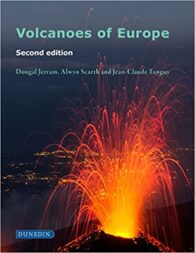
The Crowood Press are really developing a nice little series of books on the landscape and geology of select regions of the British Isles, and Tony Waltham’s addition to the series about the Peak District is well worth a read. This new one follows the same format as the others – beautiful, full colour photos and diagrams, a fascinating chapter on each of the important geological and geomorphological aspects of the area (including buildings and industry), and an author who knows his stuff and can write it down with an easy and authoritative style.
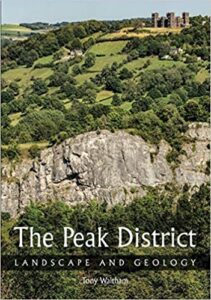
Mountains: The origins of the Earth’s mountain systems is written for readers with an interest in mountains and in developing their understanding of the geological processes that create them.
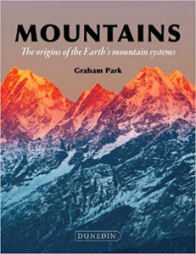
This is another of the GA’s short guides, being only 21 pages long and therefore easy to put in a cagoule pocket. Importantly, the five excursions described in the guide are centred on the city of Plymouth. Therefore, the logistics necessary to visit the itineraries should be relatively easy.
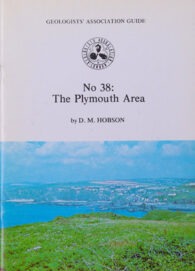
This GA guide is stated to be a “Geology Teaching Trail”. Well, it may be, but when I ambled along the trail with the guide in my hand, I certainly wasn’t in a teaching situation. Rather, I was out for a nice walk and a guide to explain what I was seeing. And it did just that and the classic Silurian/Ordovician unconformity you can see was just that. Classic!
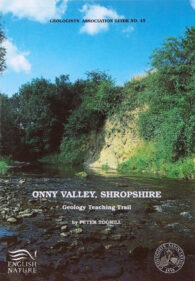
West Dorset is rightly famous for its fossils, but few people visit its wonderful, fossiliferous cliffs to look at them as landforms, rather than as an endless source of ammonites and belemnites. This guide does just that and, covers a series of itineraries in the context of landform type.

Shropshire is one of my favourite areas for both geology and fossil collecting. The Silurian of this beautiful area is fascinating and, if you can get permission to get into one of the commercial quarries (and you will need permission), then the results will be remarkable.
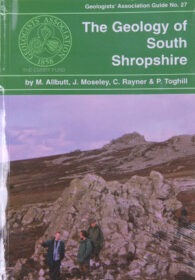
Ever since Charles Darwin pointed out the problem, evolutionary biologists have been worried by the incompleteness of the fossil record. Fortunately, discoveries of formations containing exceptionally preserved fossils (conservation Lagerstätten) have provided fascinating and important information on the history life’s diversity.

After having favourably reviewed the first two books in this three part series, I must admit I was very much looking forward to the publication of this last one. And, of course, I wasn’t disappointed. This is the third in a series of guides to safe and responsible fossil collecting along (this time), the East Dorset coast from the Chalk cliffs at Bat’s Head, across what are some of Dorset’s more remote coastal locations, to Hengistbury Head.
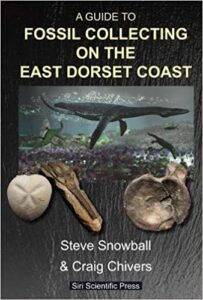
This GA guide is intended as a major guidebook to the exposures of highly significant Precambrian, Carboniferous and Permo-Triassic sediments, through to Jurassic rocks of the East Midlands. Personally, it is an area I only partly know (I know Edale in the Peak District quite well) and, for that reason, is an interesting set of locations for me.
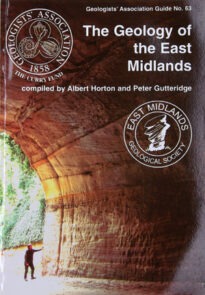
I love the Scottish Highlands and I am proud to say that I have climbed many of the mountains covered in the glossy hardback. But, as I say in the other book review on this page, it is more than a picture book. It contains some excellent and fascinating science explaining their outstanding beauty.
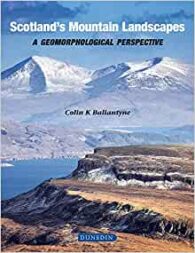
This is one of GA’s little guides to a very specific area. This one is West Cornwall, a holiday destination that I recently visited during which I spent some time looking at the geology, along with the gardens and archaeological sites.

By David N Thomas and David G Bowers The extent to which our planet is covered by oceans and seas (about 70%), and the increasing concern that right-minded people have about climate change, means that there is a both a desire and an urgent need…
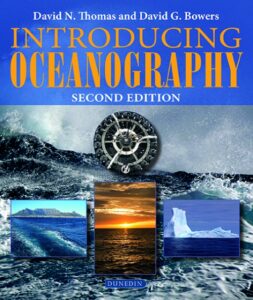
This is another lovely guide by the GA to an area that perhaps readers would not associate with good geology. But, of course, that is because of its title, because the areas like Pendle Hill and Derbyshire are wonderful, not just to visit for their geology, but also for their holiday appeal.
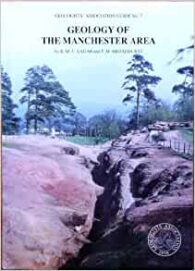
I like fossils, but it is always nice to have a brief but informative guide to the actual science behind one’s finds. And this Dunedin guide certainly fits the bill for amateurs and undergraduates alike.
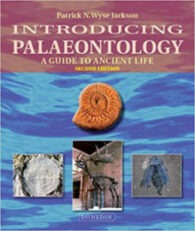
Sea level change is something that probably everyone who does their best to keep up to date about climate change, thinks they know about and on which they will have an opinion. However, this guide clearly shows that there are important misconceptions about the topic, and recent newspaper articles, TV and radio presentations unfortunately tend to bear little relation to reality.
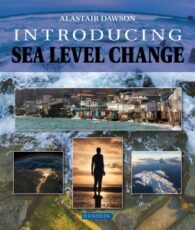
The aim of the guide is to help professional and interested amateur geologists to investigate the rocks themselves and to put them in a modern scientific context.

In recent years, Graham Park has been prolific in his writing for Dunedin Academic Press. In this new tome, he has produced what I suspect is a really great introduction to a range of key concepts and geological processes for both undergraduates and the interested, moderately well-informed amateur.
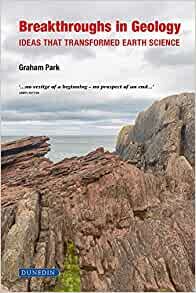
This 4th edition is the first edition of this book to be published with full colour illustrations throughout, and is presented as an enhancement and revision to the text to reflect advances in sedimentology since the publication the 3rd edition. Therefore, I suspect that it retains its place as a leading geological text and reference book for professional geologists and students alike.
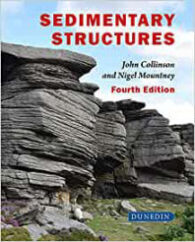
I really like the ‘Introducing ….’ series publish by Dunedin Academic Press, as you will have ascertained, if you have read the many reviews I have included in this magazine. This second edition of Introducing Sedimentology by Stuart Jones updates the version I reviewed a while ago (see Book review: Introducing Sedimentology, by Stuart Jones), and I found it equally enjoyable.
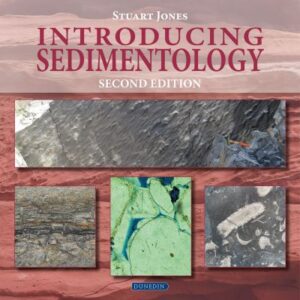
This is a new guide in Dunedin’s ‘Introducing …’ range of books, covering the branch of geology that studies rock layers (strata) and layering (stratification), primarily in sedimentary rocks, but also layered igneous rocks. In this way, it is intended for students and amateur geologist, rather than the academic earth scientist.
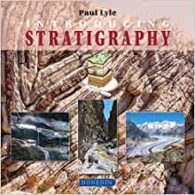
I have to admit that I hadn’t heard of ‘hydrogeology’ before, but I should have. Hydrogeology is an important and vibrant sub-set of geological science, dealing with the distribution and movement of water –groundwater – in the Earth’s soil and rocks. Groundwater transport is one part of the overall hydrological cycle in which water is transferred by evaporation from the oceans and seas into the atmosphere.
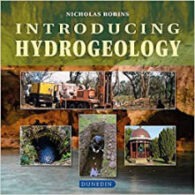
The is a second edition of Prof John Cope’s excellent geological guide to the Dorset coast for the Geologists’ Association. It is slightly shorter than the first edition, with some minor corrections and some of the figures revised, together with new photographs. It also now includes the huge quantity of data amassed over last few decades during the hydrocarbon exploration work in the county.
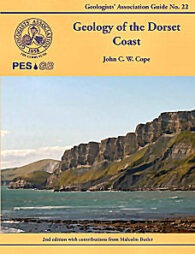
This is one of the oldest of the GA’s guides and is currently in its third edition (the first having been published in 1957 and the second in 1972). Although there have been changes in classification and so on, the general exposures are largely as good as they used to be – or they were the last time I went!

